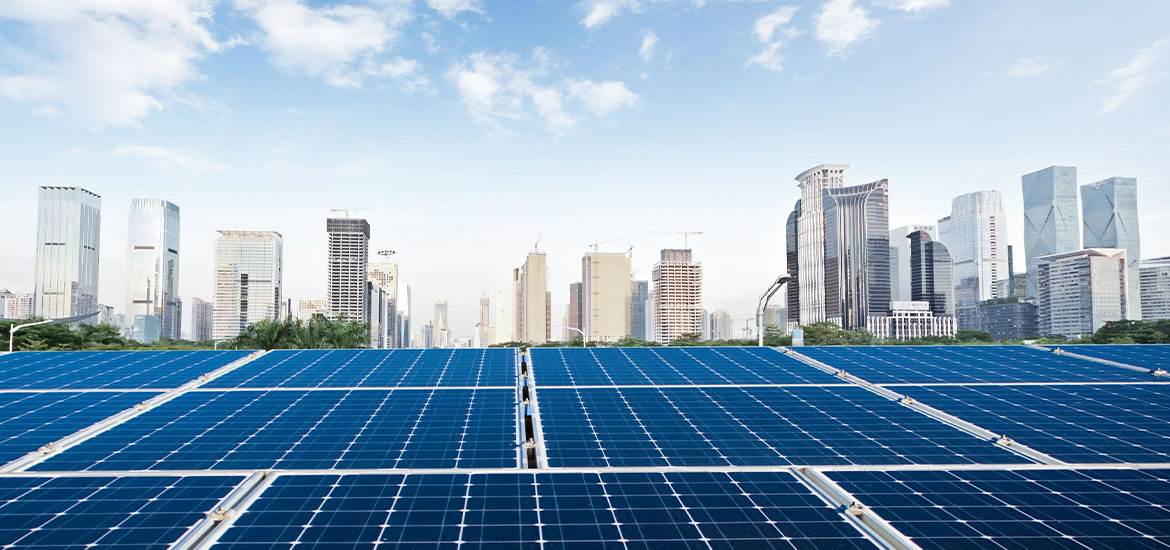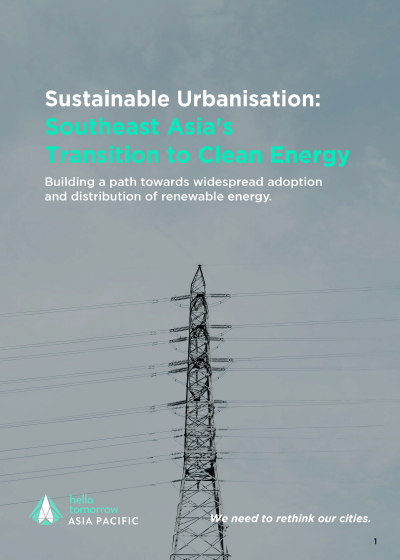An international group of Singapore and Australian research and corporate partners on Wednesday launched a network that aims to accelerate the creation of a regional green grid, a step that could help boost green energy investment in Asia and cut greenhouse gas emissions.
Australian company Sun Cable, which is working to create a huge solar power plant in Australia to send electricity to Singapore, along with nine partners launched the research network, which comes as the region is looking to boost green energy to meet rapidly growing electricity demand.
A regional grid that connects ASEAN, parts of East Asia, Australia, New Zealand, India and other parts of the region is vital to drive the green transition, said Mr Fraser Thompson, co-founder and chief strategy officer of Sun Cable.
He said the research partnership was meant to give efforts to create a regional grid a shot in the arm.
"The aim of the network is to support the creation of a green grid across Asia. We need a very strong research and technology focus. Its aim is basically to support the collaboration and innovation we'll need for a green grid," he said in an interview.








